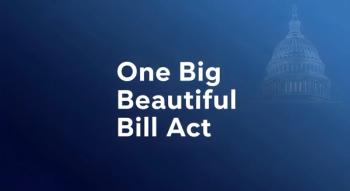
State of the Industry: Job impact
Employers are threatening to cut hours and workers to avoid PPACA requirements
The Republican National Committee argues that 8.2 million Americans working part-time cannot find full-time work because of PPACA. However, the Bureau of Labor Statistics says that not only are there fewer part-time workers today than in 2010 when the law was passed, but the number has been trending downward.
Similarly, observers say the reform law is killing jobs. A Congressional Budget Office (CBO) report shows that the law would reduce labor in the economy by one-half of 1%.
Sheila Burke, senior public policy advisor for law firm Baker Donelson, says the exact effect the law will have on jobs is difficult to predict.
“Everyone from CBO to the Urban Institute has looked at this question, and what has complicated it, of course, is the delay in the employer mandate,” she says.
In July, the Obama administration allowed businesses an extra year to comply with a requirement that they provide their employees with insurance. Under the provision, companies with 50 or more workers will have to pay a penalty up to $3,000 per employee for not offering coverage, beginning in 2015.
“The question will be the extent to which employers find it in their interest to either continue coverage or to offer coverage in the absence of the penalty occurring this year,” Burke says. “It will be a calculation for each of them as to what the financial implications will be.”
However, the penalty on employers is relatively light compared to the cost of health insurance. Currently, the average annual premiums for employer-sponsored health insurance are $5,884 for single coverage and $16,351 for family coverage, according to the 2013 benefit survey conducted by Kaiser Family Foundation and Health Research & Educational Trust.
“I don’t anticipate seeing any big changes in the very large firms and what they currently offer, although there is certainly the possibility of changing their requirements with respect to premiums,” she says. “On the small-employer side, it is much more of an open issue.”
Large firms will most likely be looking at cost-sharing and the structure of their plans, and where they might reduce their exposure, Burke says, but employers with relatively low-wage workers will have to take into consideration whether their workforce is likely to be worse off or better off if they provide coverage. If they do offer acceptable coverage to workers, the individuals cannot get a subsidy.
“The subsidies that the federal government is providing in terms of the tax credits to small employers-very small employers-of course goes away after two years,” she says. “A query is whether or not an employer is prepared to commit without knowing what the long-term implications will be.”
Competitiveness in the industry-or whether or not an employer needs to provide coverage to attract or retain workers-will also factor into employers’ decisions.
A report from the Brookings Institution shows that jobs in the healthcare industry have grown faster than in any other. Some 2.6 million jobs have been added to the sector over the last decade, accounting for a 22.7% employment growth over 10 years-compared with a 2.1% employment growth rate in other industries.
“There will be a large number of individuals coming into the system and a desire on the part of large healthcare providers to expand their workforce,” Burke says.
Newsletter
Get the latest industry news, event updates, and more from Managed healthcare Executive.




















































